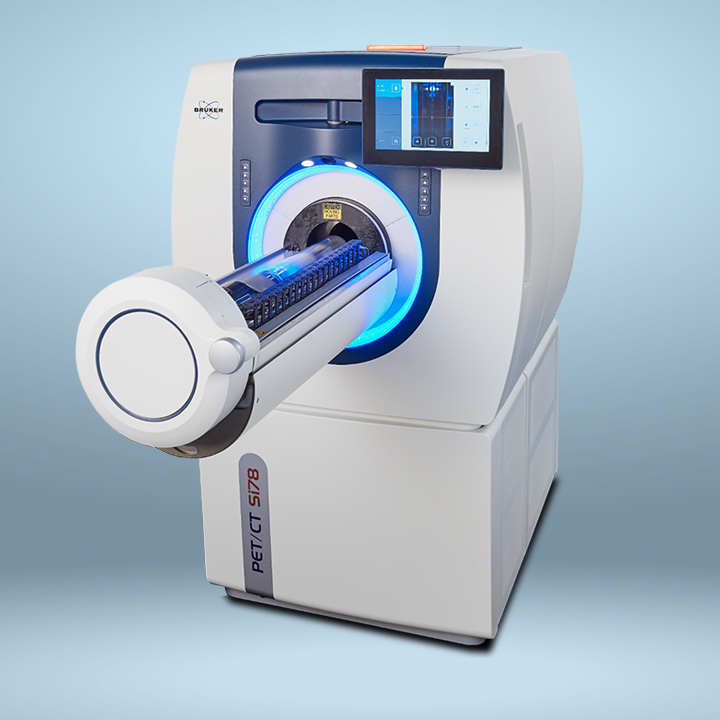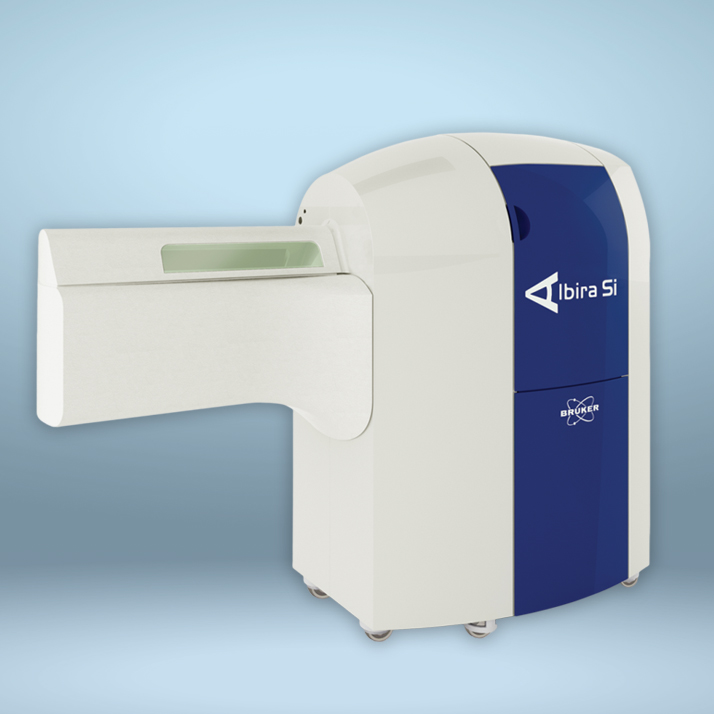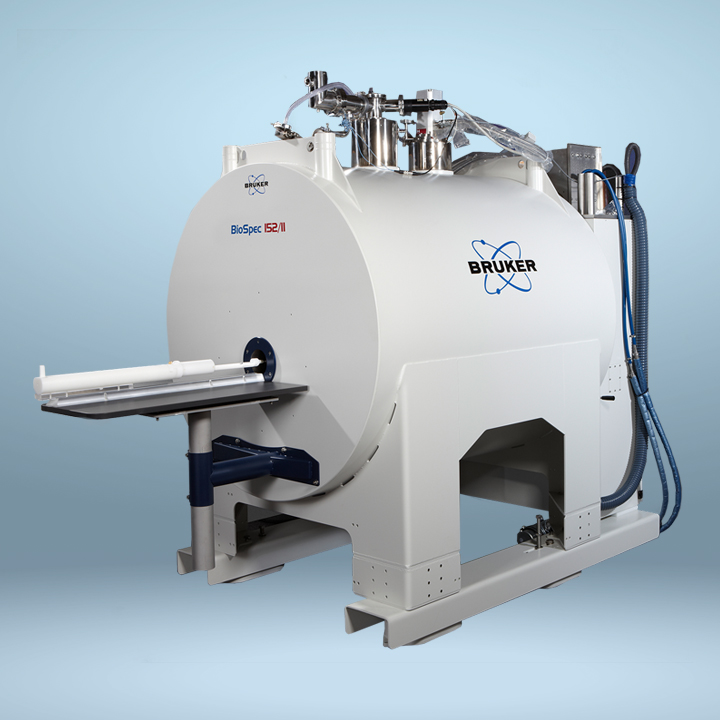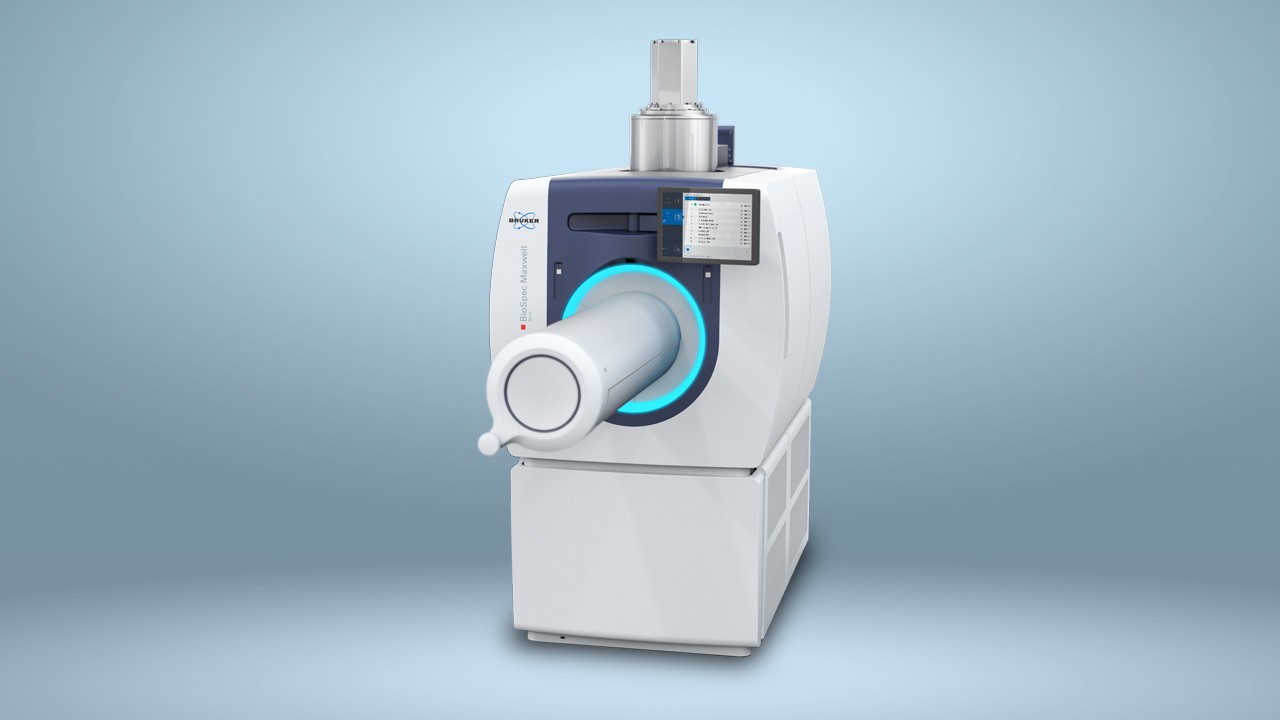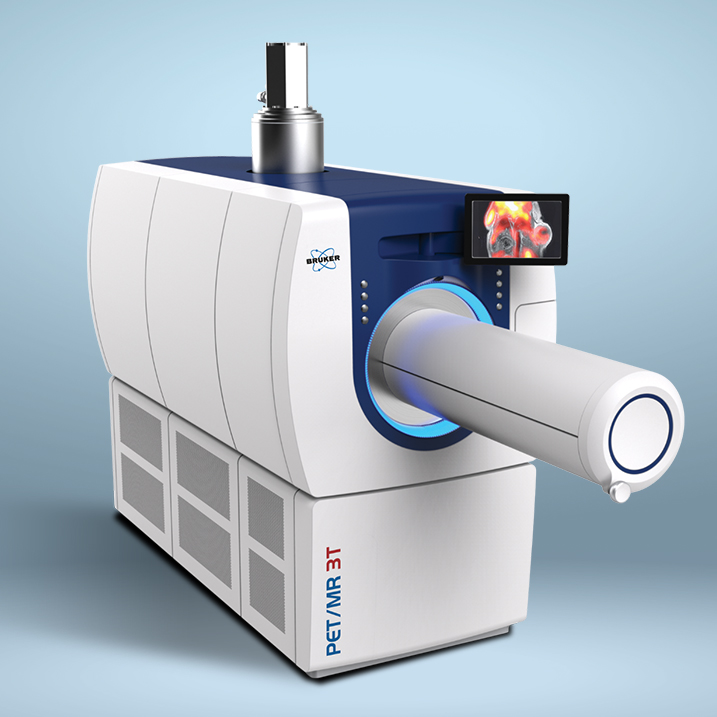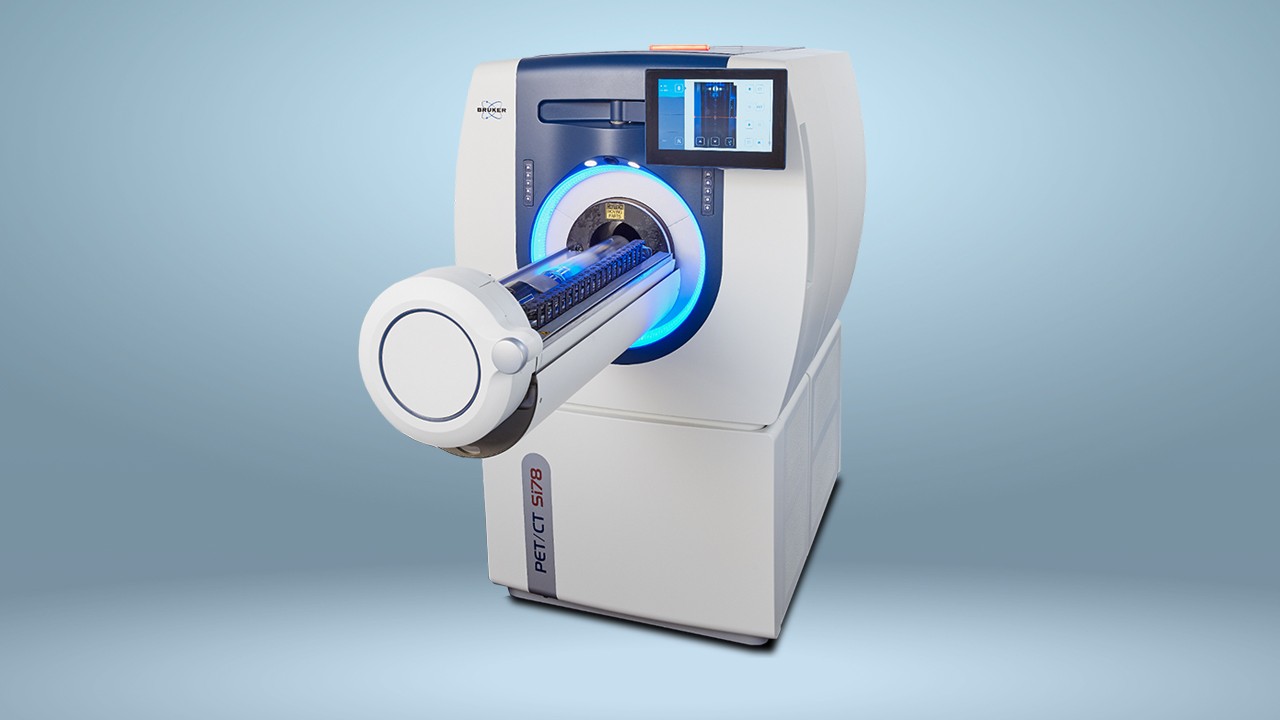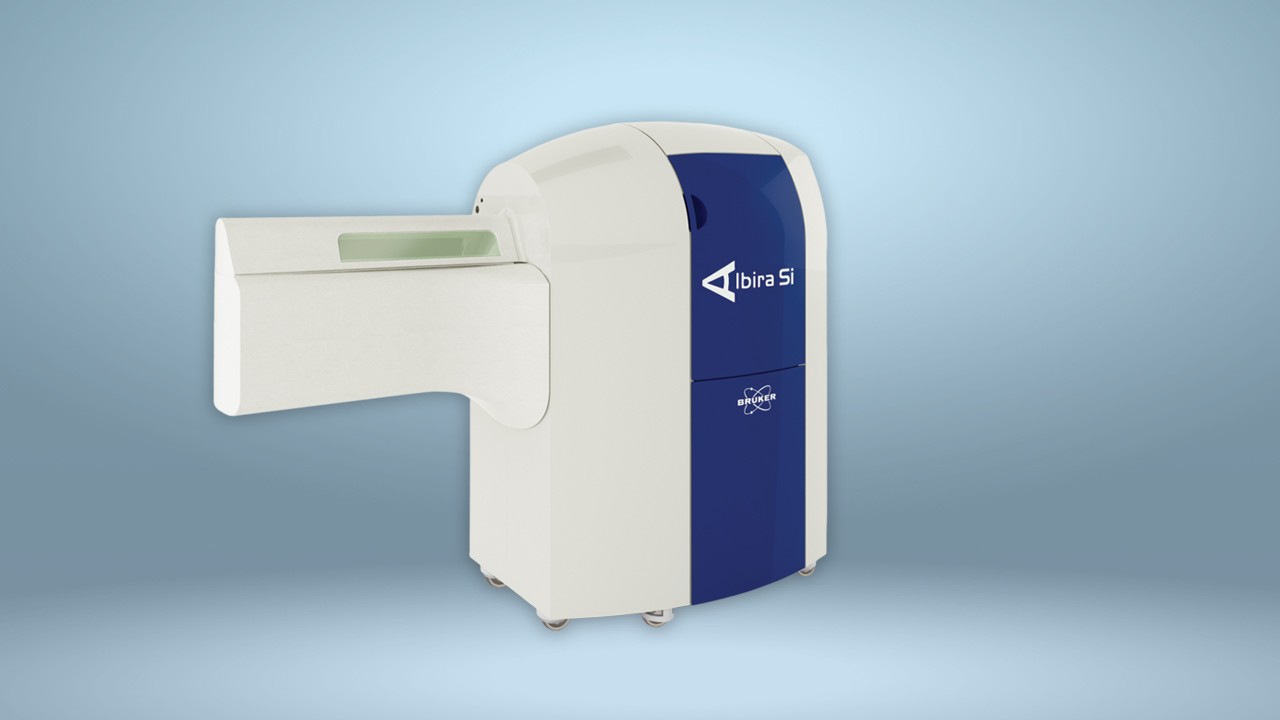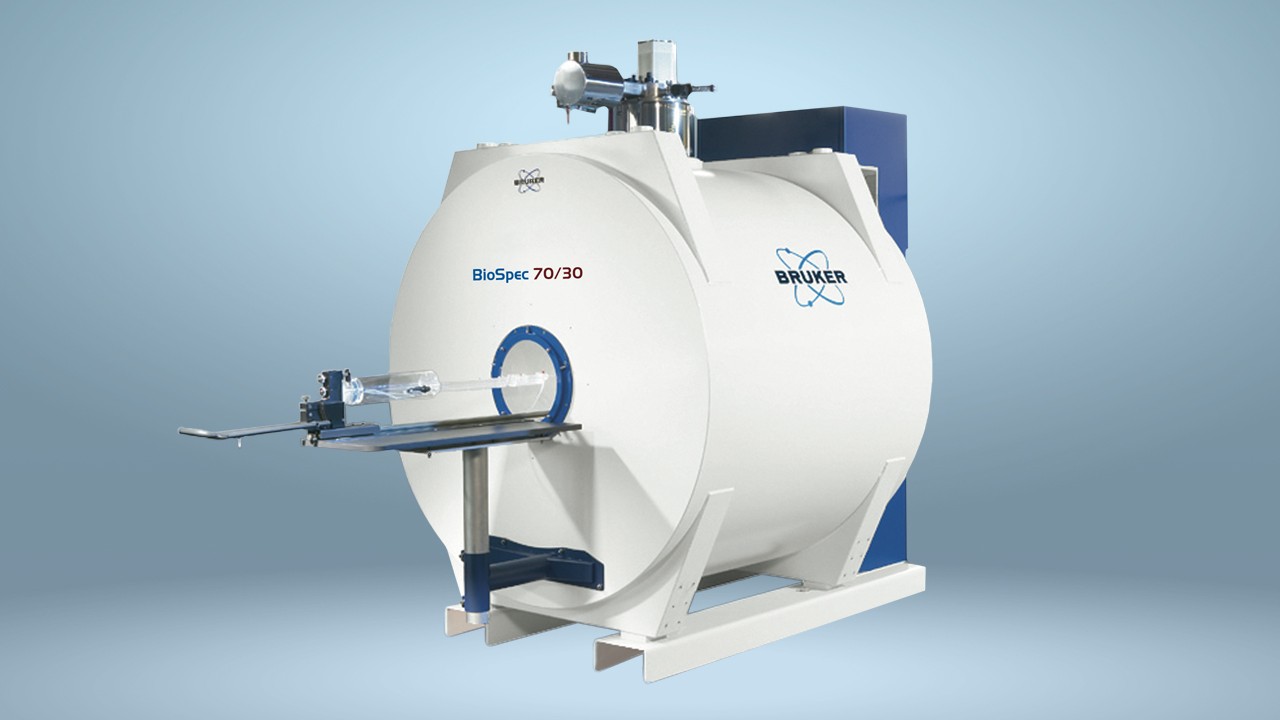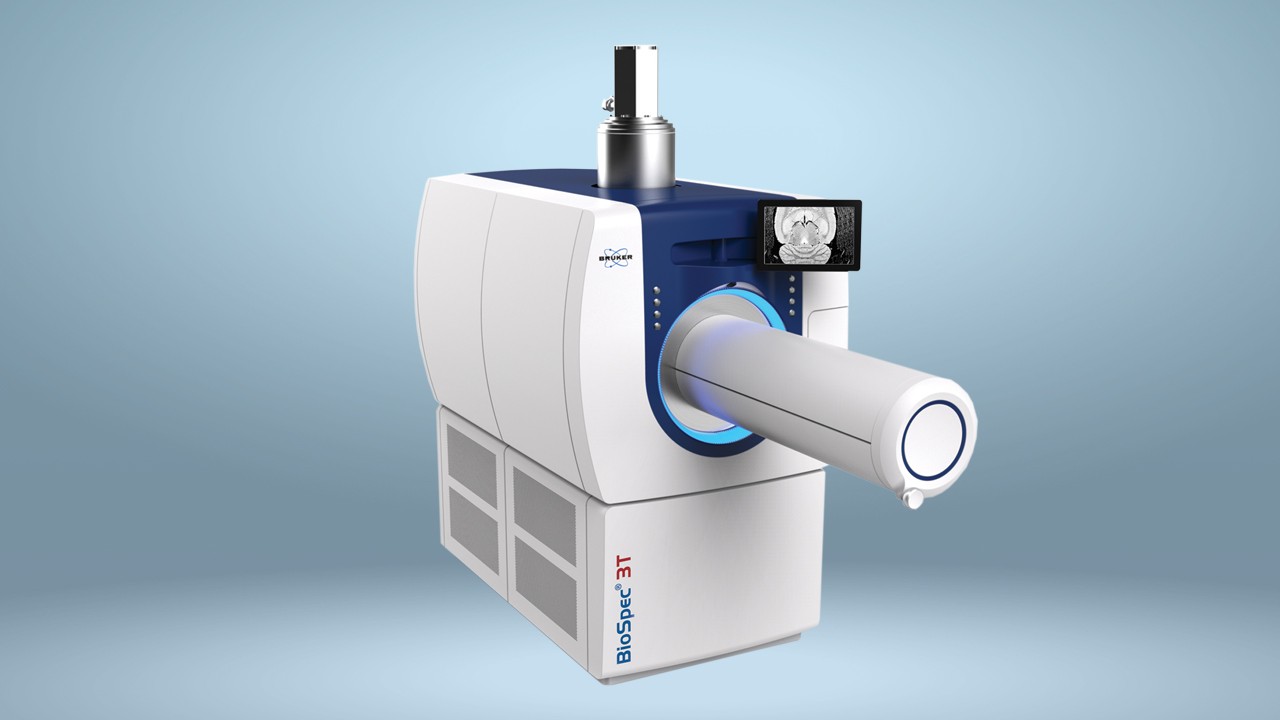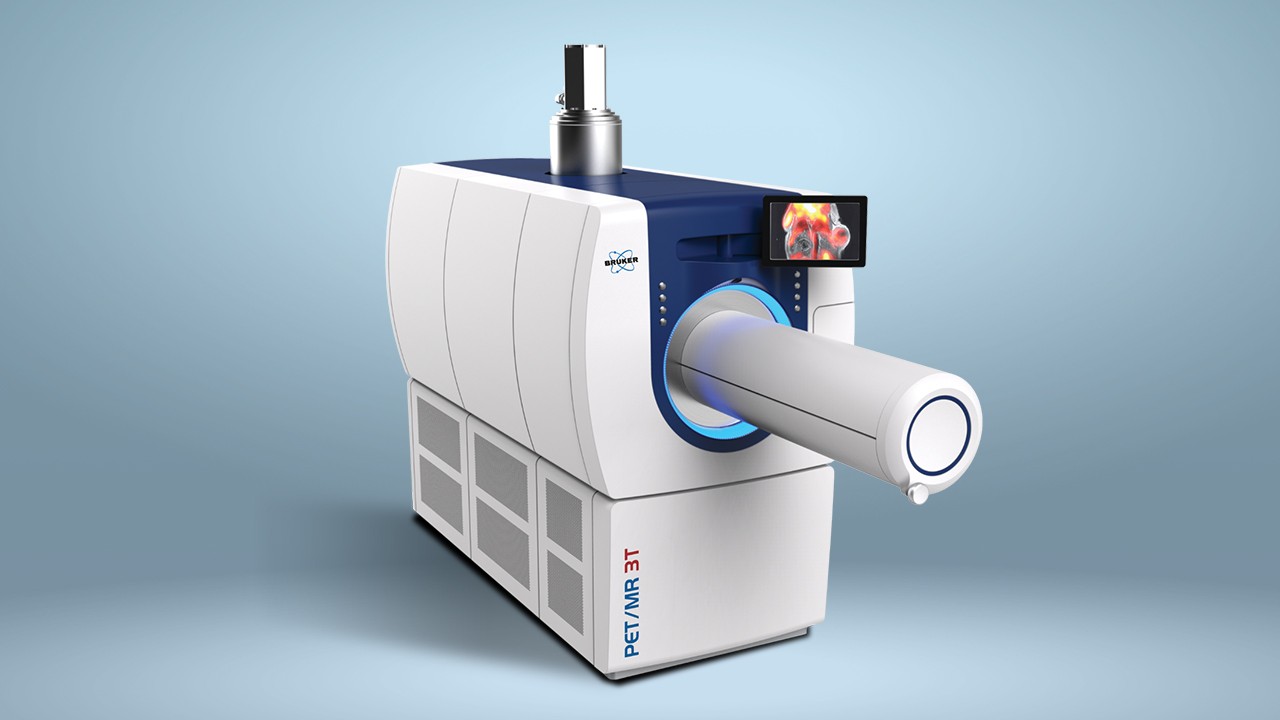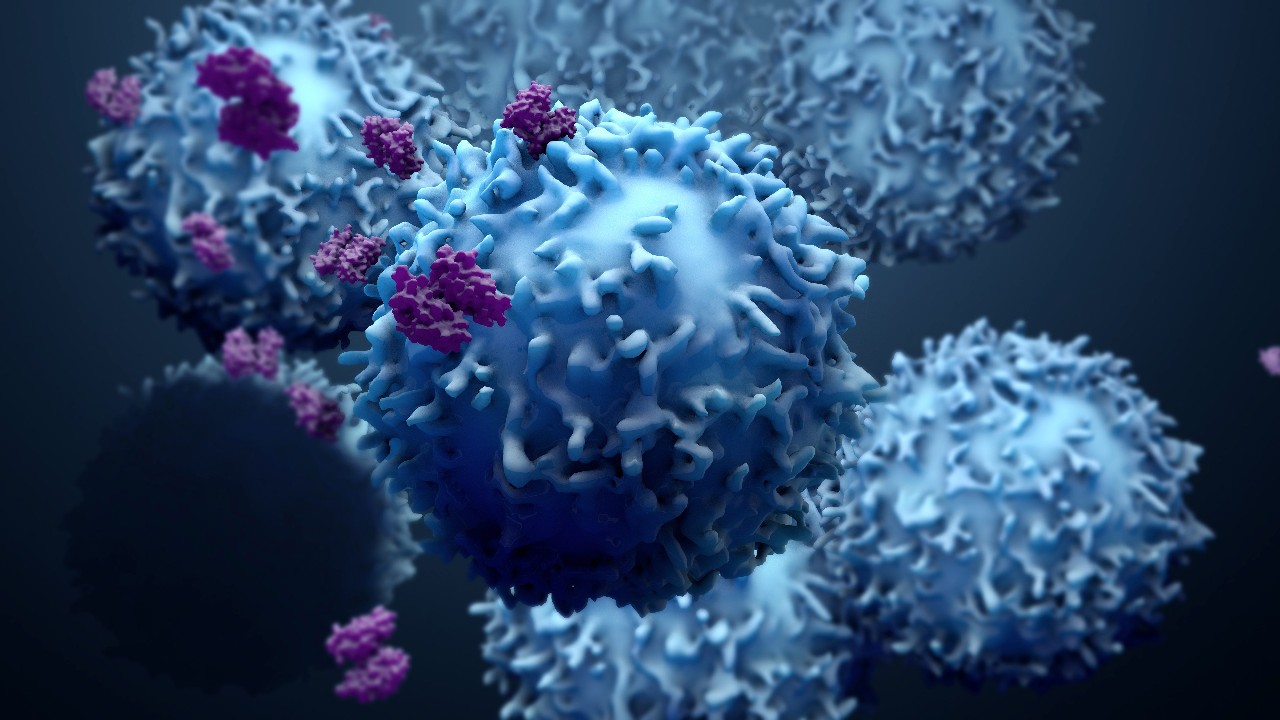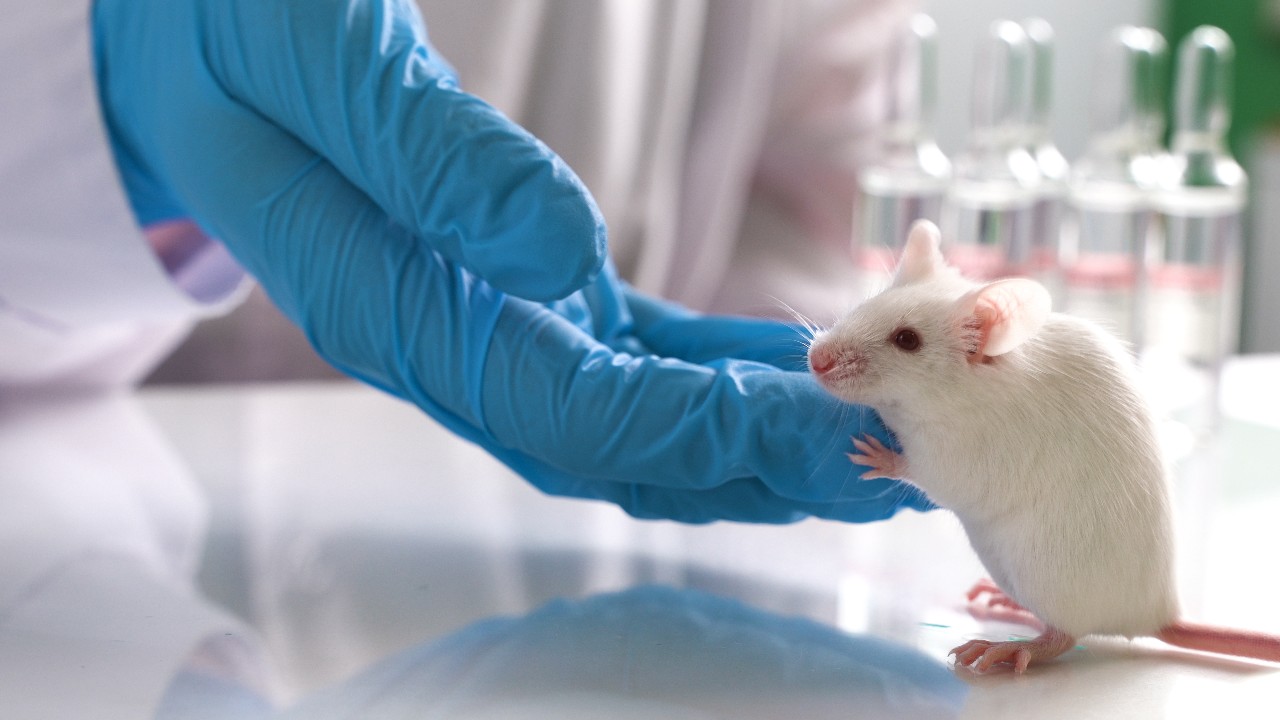oncology
Preclinical research power of cancer treatment
"One size fits all" approach is not suitable for cancer treatment, because there are many different types of tumors, and some tumor we know very little about.Advanced imaging technology can help us to study the effect of the mechanism and treatment of tumor development.
In recent years, the cancer treatment had great progress, however, there are still some tumor types is we know very little about, there's no the best response to existing treatments.In addition, there are many cases cannot be cured or serious side effects.Therefore, we still want to study new cancer treatments, and developed in view of the current treatment method is a better solution.Tumor imaging technology has played a key role in this research work.
Noninvasive imaging of tumor development, response to treatment and drug toxicity to provide key insights.Through a combination of structural and functional imaging mode, can further improve the strategy analysis of the value of a single imaging.In preclinical studies using in vivo imaging of multimodal imaging, can be observed in real time with high sensitivity and resolution process linked to cancer.Through the use of various imaging techniques, including MRI, SPECT, PET and CT and micro - CT, people have a deeper understanding about a series of tumor and to improve the treatment plan.
Brooke provide a comprehensive range of innovative noninvasive in vivo imaging technology, to promote the process of tumor progression, mechanism and treatment effect.Dual mode imaging configuration, such as PET/CT and PET/MR, even in combination with the technology of PET, SPECT and CT three patterns of instrument, can meet the research needs of today's most challenging, and provide the radioactive substances, bone and soft tissue quantitative three-dimensional CT image.
